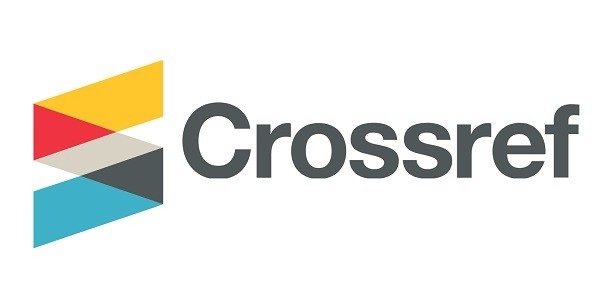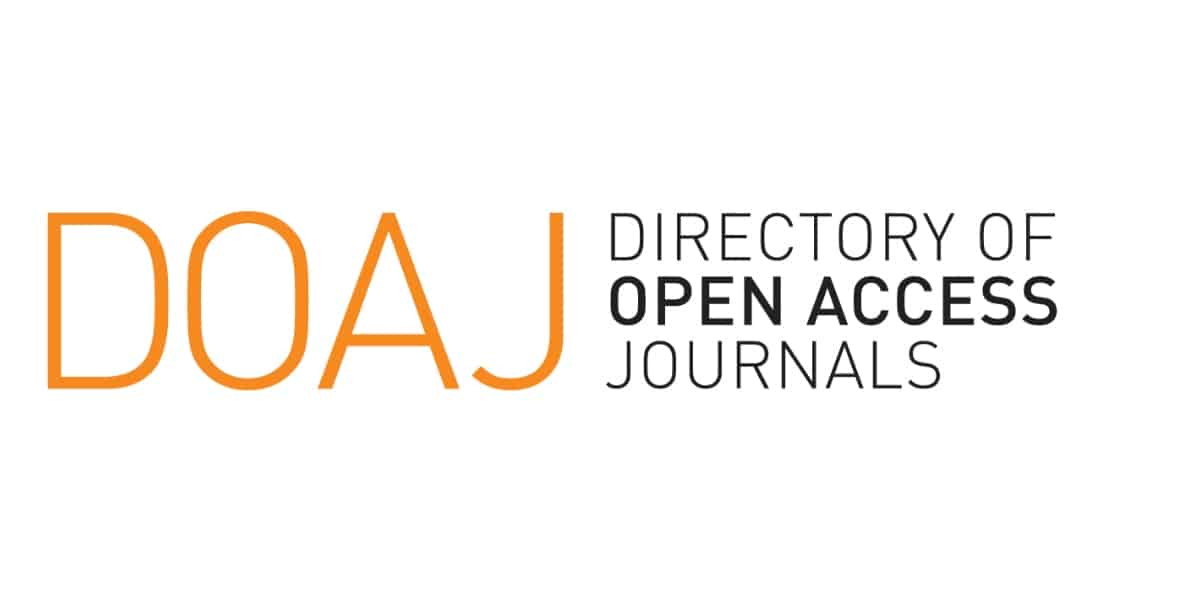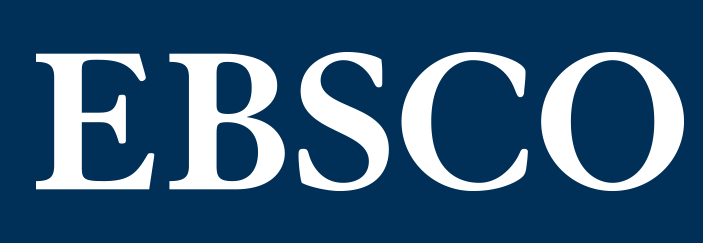A STRATEGY FOR THE DEVELOPMENT OF SILK AGROINDUSTRY
Abstract
ABSTRACT
Silk agro industry plays an important role in Indonesian economic since it enables to create business opportunity, absorb many employments, and reduce poverty. A strategy of silk agro industrial development can be done through a cluster approach in order to increase the competitiveness. This research was intended to develop a model of silk agro industrial development system through exploration of several important factors such as core industry, geographic concentration and institution. Data was collected through literature study from several linkage institutions, and direct interview with experts from government officers, University lectures and businessmen. Data was processed in order to develop model of silk agro industry development. The model consists of (1) cluster location model, (2) core industry development model, (3) institution development model, (4) financial development model, and (5) price harmonization model. Model and data were integrated in a computer based Decision Support System (DSS) called AI SUTRA. The results of the research were as follow: (1) the cluster location was Wajo, South Sulawesi, (2) the core industry is silk weaving industry, (3) the main problems in core industry were technology obsolete, low quality of product, and limited capital, (4) The proposed institution was “Unit Layanan Pengembangan Usaha (ULPU)”. Stakeholders of ULPU were Central, Province and Regional Government, Association, Cooperative, Research and Development Institution, Importer, University, Exporter, and facilitator. (6) Feasibility analysis gave the results that farmer producing cocoon, silk spinning industry, silk weaving and batik industry were feasible to be developed since all of them have NPVs>0, IRRs were higher than the market interest rate and Net B/Cs > 1. Integration of cocoon producer, spinning, weaving and batik industries in the cluster may harmonize their incomes. By using calculation with constant batik price (Rp 560.000/piece), B/C 1.34, the price of cocoon, silk yarn and silk woven can be raised. Then, it will enable to increase their incomes.
Keywords : competitiveness, model, cluster, core industry, institution.
_page-00013.jpg)






